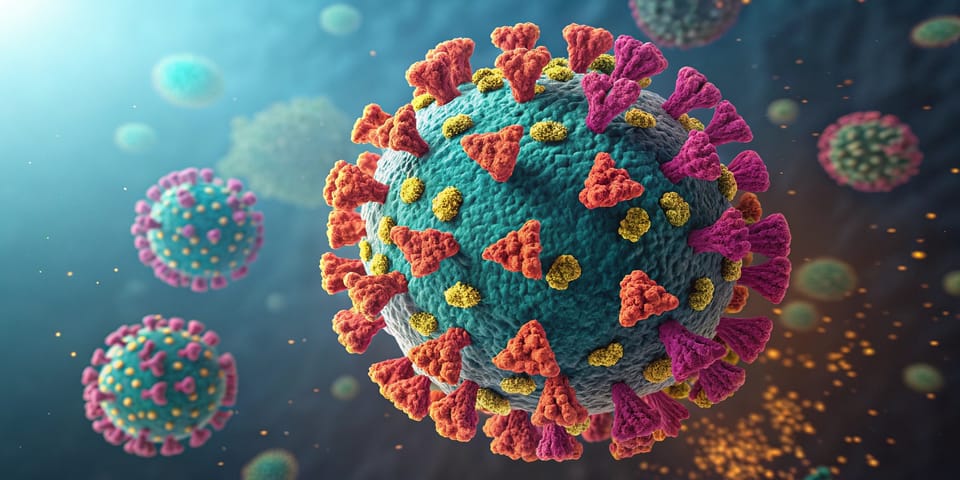The Rising HMPV Virus in China and Its Global Implications

According to the World Health Organization (WHO), there is currently no evidence suggesting that the recent outbreak of the Human Metapneumovirus (HMPV) in China is unusual or linked to a new strain of the virus. However, the significant increase in respiratory infections, particularly among children, has raised concerns globally.
A Surge in HMPV Cases
China is experiencing a sharp rise in respiratory infections, including cases of HMPV, a virus that causes pneumonia with flu-like symptoms. The outbreak is primarily concentrated in the northern provinces, where cold weather persists, and children under the age of 14 are the most affected group.
This situation has prompted neighboring countries such as Malaysia and India to enhance their health surveillance. WHO also released an official statement on HMPV on January 8 to help countries prepare and respond proactively.
China’s Healthcare System Under Pressure
On Chinese social media, images of overcrowded hospitals and clinics have gone viral. In major cities like Beijing, Shanghai, and Tianjin, long lines of people, many wearing masks, can be seen waiting in the cold for medical attention.
A user on the Xiaohongshu app shared, "The average waiting time at the local hospital was up to 3 hours, forcing me to seek care elsewhere." Another user named Evelyn posted a photo of a seemingly endless line at the emergency department of Shanghai Children’s Medical Center, captioning it, "You can’t see the end of the line."
These images reflect the immense pressure on China’s healthcare system, especially as respiratory infections surge during the winter months.

Reasons Behind the Increase in Cases
Experts explain that the rise in respiratory infections in China aligns with global trends, as cases typically spike during the late winter months. The current outbreak coincides with an extended period of cold weather, which is expected to last until March.
Dr. Khoo Yoong Khean from the Duke-NUS Centre for Outbreak Preparedness stated, "HMPV infections or outbreaks are not uncommon, especially among children under 5. Disease surveillance has significantly improved since COVID-19, making it easier to detect cases."
Professor Paul Tambyah, a senior consultant at the National University Hospital’s Infectious Diseases Division, also emphasized that this phenomenon is typical during winter in China, particularly in the northern regions.
The Situation in Other Countries
In India, seven HMPV cases have been reported across various states. Most cases involved children, who have since fully recovered. Karnataka’s Health Minister, Dinesh Gundu Rao, stated, "This is an existing virus that only affects a small portion of the population."
In Hong Kong and Taiwan, the number of HMPV cases remains low, but health authorities are closely monitoring the situation. In Malaysia, HMPV cases in 2024 increased by 45% compared to 2023, prompting the government to issue advisories urging the public to take preventive measures.
WHO Reassures the Public
WHO has confirmed that HMPV is a common virus that circulates in the Northern Hemisphere during winter. Margaret Harris, a WHO spokesperson, said, "The level of respiratory diseases in China is within the normal range. This is what we expect during the winter-spring season."
WHO also emphasized that there is no need to impose trade or travel restrictions related to the current trend of respiratory diseases. Instead, countries should maintain robust disease surveillance systems and take proactive preventive measures.
Conclusion
While the rise in HMPV cases in China has caused concern, health experts and WHO affirm that this is a seasonal phenomenon with no unusual factors. However, enhanced surveillance and proactive prevention remain essential to safeguarding public health, especially during prolonged cold weather.
This article provides an overview of the HMPV virus situation in China and its global implications. Stay updated on health advisories to protect yourself and your family.